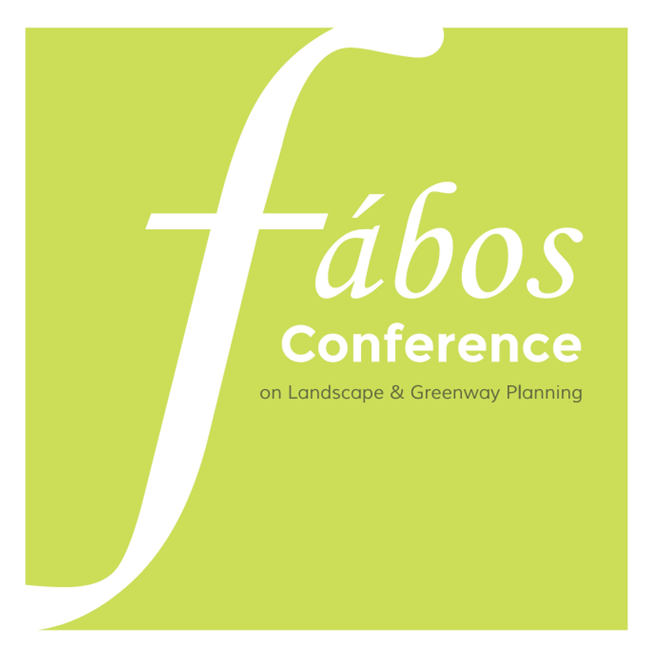Integrating “Sponge City” Principles into Coastal Greenway Development: A Case Study in Shenzhen
Abstract
Integrating “Sponge City” principles into coastal greenway development emphasizes using nature-based solutions to manage stormwater, reduce coastal flooding risk, and enhance ecosystem resilience. By designing greenways with “Sponge” strategies, such as rain gardens, wet forests, constructed wetlands, and floodable zones, excess stormwater can be captured, infiltrated, and utilized, helping mitigate the impact of sea-level rise and storm surges. These strategies also improve water quality and support biodiversity, creating multifunctional greenway corridors that offer environmental, social, and health benefits.
This study aims to explore innovative “Sponge City” strategies in coastal greenway development through a case study - the Yangmei Keng Seaside Greenway in Shenzhen, China. This 11-kilometer greenway is situated on the Dapeng Peninsula at the eastern tip of the metropolis. This region suffered considerable damage during Typhoon Mangkhut in 2018. In 2019, an extensive shoreline restoration project was launched through international design competitions. The “Triple Dike Strategy”, an innovative integrated approach was adopted in demonstration areas along the Yangmei Keng greenway to reorganize the shoreline for ecological rehabilitation, oceanfront recreation, and coastal defense. Instead of rebuilding a traditional seawall along the coast, the “Triple Dike Strategy” established three protective areas, carefully embedded in existing conditions and adapting to the specific future needs of each area. The “inner” dike area acts as ‘rain gardens’. The “middle” dike zone is composed of a series of seawalls with plaza spaces and connections to oceanfront walks. The “outer” dike area is a showcase of “wave gardens” with robust beach vegetation and rocks, mitigating the impact of storm surges (KCAP n.d.).
This study adopts primarily qualitative data collection methods like designer interviews, field observations, and document analysis to gain a comprehensive understanding of the coastal greenway and shoreline restoration project. It intends to examine the “Spongy” performance of the integrated greenway development, offering valuable insights and lessons learned.
Keywords: coastal, greenway, Sponge City, stormwater, case study
How to Cite:
Tang, H., (2025) “Integrating “Sponge City” Principles into Coastal Greenway Development: A Case Study in Shenzhen”, Fábos Conference on Landscape and Greenway Planning 8(1). doi: https://doi.org/10.7275/fabos.2471
400 Views
119 Downloads
